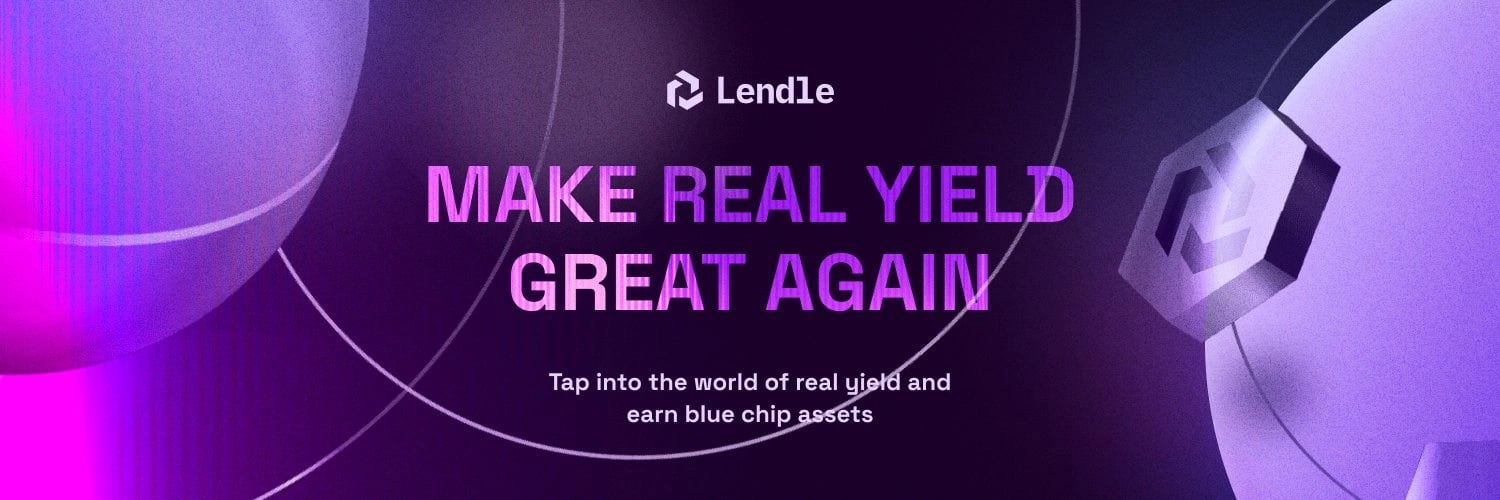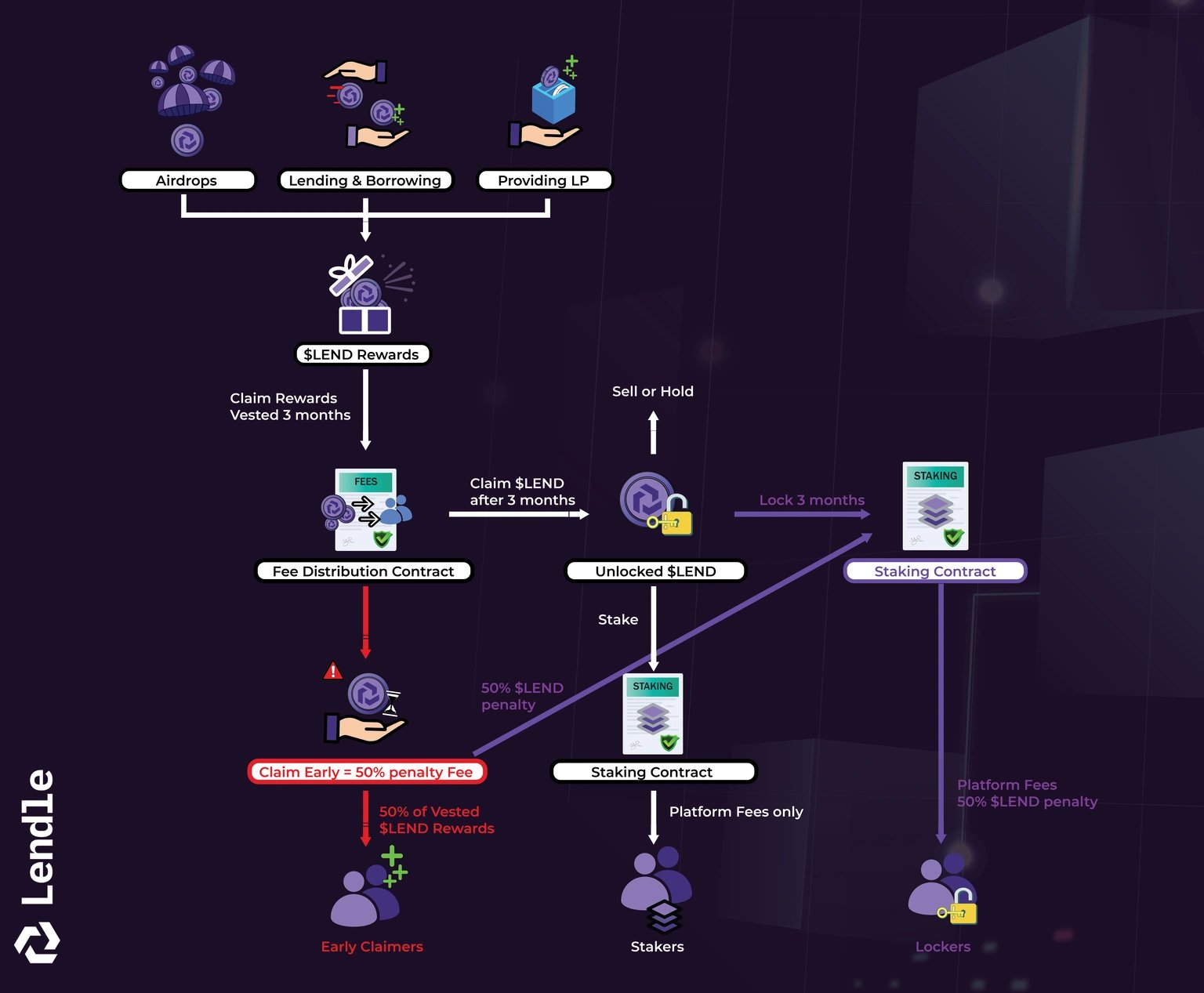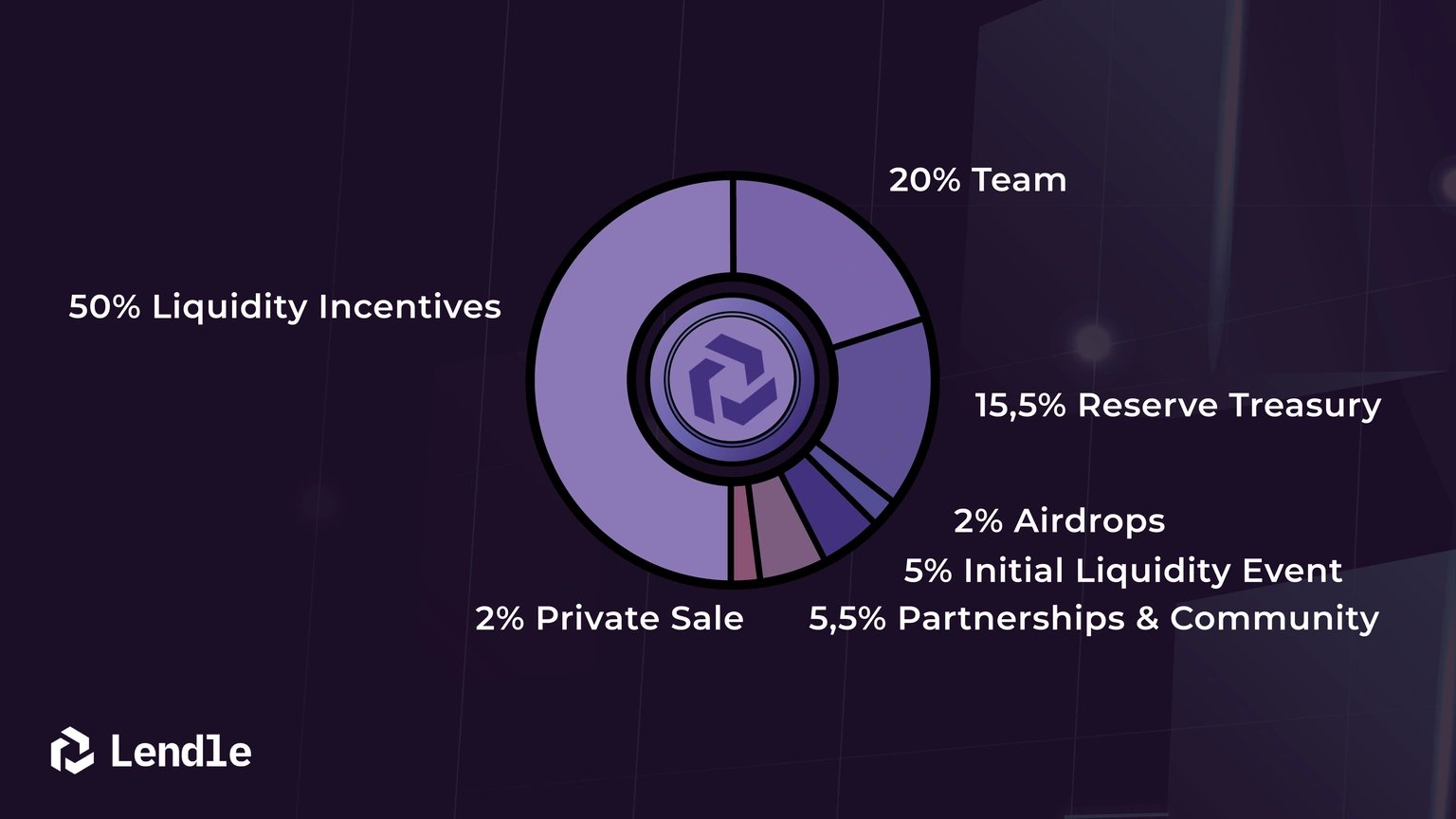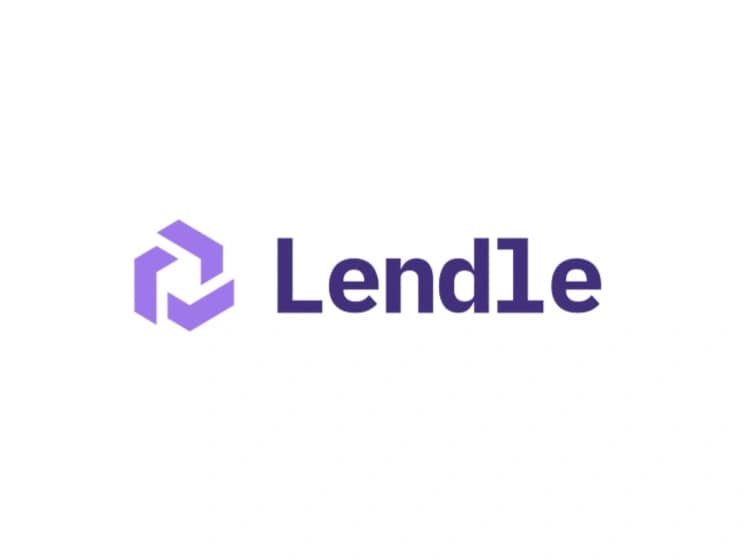위키 구독하기
Share wiki
Bookmark
Lendle
Lendle
Lendle은 Mantle Network에서 운영되는 탈중앙화 금융 (DeFi) 분야의 탈중앙화 유동성 시장입니다. 이 플랫폼은 기존 DeFi 프로토콜을 기반으로 탈중앙화 거래소 (DEXes)의 스왑 수수료를 줄이기 위해 과잉 유동성을 활용하고, 특수 토큰에 대한 독립적인 대출 기회를 제공하며, 저담보 대출을 지원하는 등 새로운 기능을 제공합니다. [1][2]

개요
Lendle의 Mantle Network 통합은 EigenDA 기술을 활용하여 거래 경제를 최적화하고, 낙관적 롤업을 사용하여 확장성과 거래 효율성을 향상시킵니다. 블록체인 기술 발전으로 유명한 Mantle Ecosystem (이전 BitDAO)의 지원을 받는 Lendle은 견고한 기반과 DeFi 혁신을 촉진하려는 노력의 혜택을 누립니다. [1]
이 플랫폼은 커뮤니티 협업과 투명성을 우선시하여 개발자를 위한 역동적인 환경을 조성합니다. FusionX와 같은 프로젝트와의 협업을 포함하여 Mantle Network 내에서 Lendle의 전략적 파트너십은 DeFi 기능과 생태계 성장을 더욱 향상시키는 것을 목표로 합니다. [1]
아키텍처
Lendle은 Aave와 같은 플랫폼에서 사용되는 방법인 초과 담보 방식을 암호화폐 대출에 사용합니다. 사용자는 담보로 자산을 예치하고 그에 대한 대출을 받으며, 위험을 최소화하기 위해 대출 금액이 담보 가치보다 낮도록 합니다. [3]
대출 한도는 자산 변동성과 유동성을 기반으로 하는 담보 대비 대출 비율 (LTV)에 따라 결정됩니다. Lendle에는 차용자의 건전성 지수 (HF)가 1 미만으로 떨어지면 트리거되는 청산 메커니즘이 포함되어 있어 대출자를 보호하기 위해 담보를 압류할 수 있습니다. [3]
공급자는 Lendle에서 자산에 대한 안전한 이자 수익을 얻으며, $LEND 인센티브로 보강됩니다. 차용자는 담보에 대해 효율적으로 자금을 대출받아 자산 공매도 또는 보유 자산을 매도하지 않고 DeFi에 참여하는 것과 같은 활동에 유용하게 사용할 수 있습니다. [3]
이 구조는 양 당사자 모두에게 다양한 사용 사례를 지원하여 탈중앙화 금융 거래의 효율성과 유연성을 향상시킵니다. [3]
LEND 토큰
$LEND는 Lendle의 네이티브 토큰으로, 최대 공급량이 1억 개인 Mantle Network에 배포됩니다. 프로토콜 시장 내에서 자산의 공급 및 차용을 유도하도록 설계되었습니다. 사용자는 공개 구매를 통해 또는 유동성 제공을 통해 $LEND를 얻을 수 있습니다.
$LEND는 Lendle 시장에서 자산의 공급과 차용을 유도합니다. $LEND 보상은 3개월에 걸쳐 지급되며, 그 동안 사용자는 프로토콜 수익을 공유합니다. [4]
이 모델은 $LEND 토큰의 락업, 스테이킹 및 지급을 장려하여 안정적인 유동성을 창출합니다. 지급 기간이 끝나기 전에 보상을 해제하는 사용자는 50%의 패널티를 부과받으며, 이는 $LEND를 락업한 사용자에게 재분배됩니다. [4]
수익원은 두 가지가 있습니다. $LEND 인센티브와 플랫폼 수수료입니다. $LEND 인센티브는 지속적으로 생성되고 다양한 방식으로 배포됩니다. 보상과 에어드롭을 포함한 모든 배포된 $LEND는 3개월의 지급 일정을 따릅니다. [4]
모든 프로토콜 수수료와 지급된 $LEND 토큰은 MultiFeeDistribution Contract로 이동합니다. 사용자는 관리 패널을 통해 지급 토큰과 해제 시간을 확인할 수 있습니다. [4]
사용자는 지급을 우회하고 즉시 해제하여 지급 금액의 50%를 받을 수 있습니다. 나머지 50%는 스테이킹 계약으로 전송되어 $LEND를 락업한 사용자에게 보상됩니다. [4]
차용자가 지불하는 프로토콜 수수료는 다음과 같이 배포됩니다.
- 50%는 자산에 대한 공급 APY로 배포됩니다.
- 40%는 지급 중인 $LEND, 유연한 스테이킹 계약에 스테이킹된 $LEND 또는 스테이크-락 계약에 락업된 $LEND를 보유한 투자자에게 배포됩니다.
- 10%는 프로토콜 수익이 됩니다. 5%는 개발자 지갑으로, 5%는 수익 공유 및 준비금으로 사용됩니다.

토큰 할당
$LEND 토큰은 최대 공급량이 1억 개이며 5년간의 발행 일정을 가지고 있습니다. 다음과 같이 할당됩니다. [4]
- 사전 판매: 소수의 투자자에게 사전 발행 및 판매되며, 프로젝트 운영 자금을 확보하기 위해 6개월의 선형 지급 기간이 있습니다.
- 초기 유동성 이벤트: 사전 발행되고 공개 유동성 이벤트의 수익과 페어링됩니다.
- 파트너십 및 커뮤니티: 사전 발행되고 Multisig에 의해 확보됩니다.
- 유동성 인센티브: MultiFeeDistributor에 의해 Lendle 시장에 배포됩니다.
- 준비금 재무부: 사전 발행되고 Multisig에 의해 확보됩니다.
- 팀: 3개월의 클리프 기간이 적용되며, 24개월에 걸쳐 지급 계약으로 지급됩니다.
- 에어드롭: 초기 및 향후 에어드롭 캠페인을 위해 예약됩니다.

잘못된 내용이 있나요?
